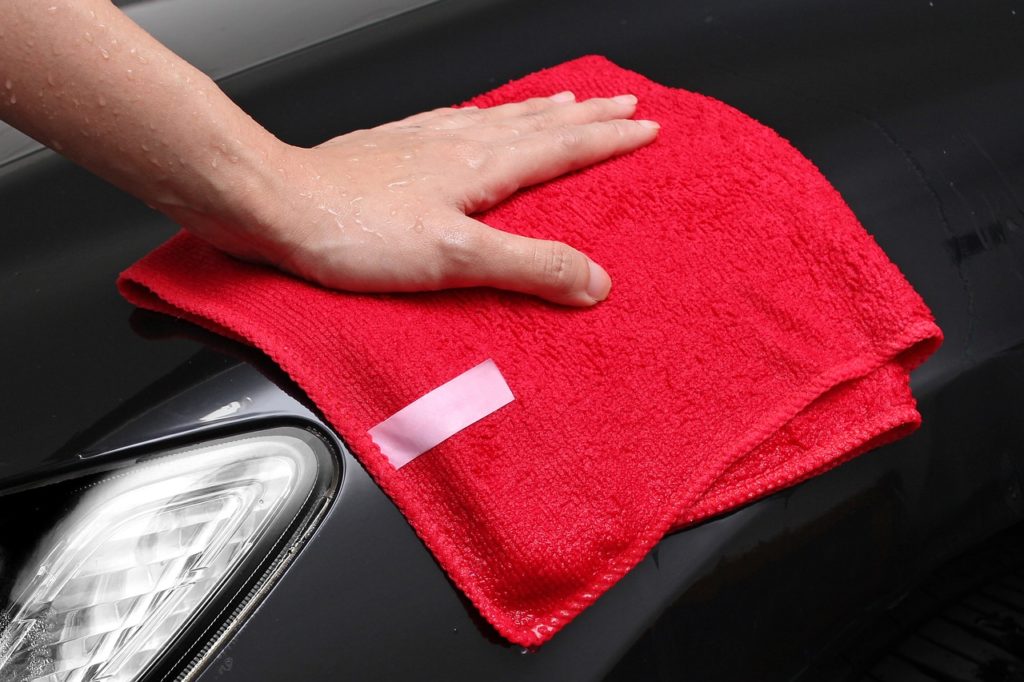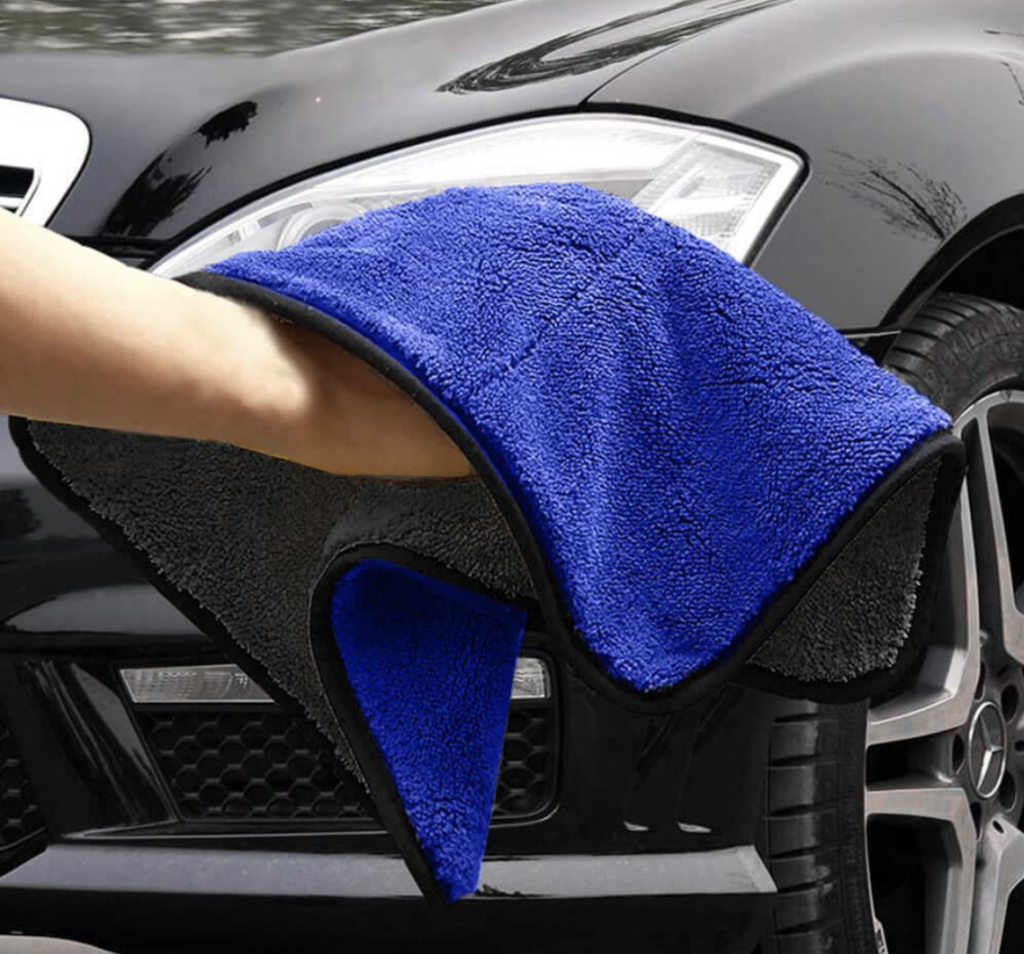
We receive a lot of questions from our customers about car washing and best practices. Read on to learn some tips and tricks from our vehicle detailing experts. Also, check out part one of this blog for even more tips.
1. What causes swirl marks and how do I get rid of them?

We all know that feeling when you go to the car wash and scrub your ride clean, only to return home and notice swirl marks. Our initial thought is you probably just didn’t do a thorough rinse. If you’re seeing some streaky marks, you might have left behind some soap residue.
However, if you get your vehicle detailed somewhere, or attempt applying your own wax and you’re seeing swirl marks, something may have gone wrong and you should definitely follow up with the auto detailing shop.

When it comes to washing and detailing your vehicle, it’s best to spend the extra cash and get quality products. Unfortunately, the only way to remove swirl marks is to polish the paint. Easily remove swirl marks from your car yourself using a car polish specifically designed for this use, such as Meguiar’s Swirl X.
2. Why is it important to detail my car?

A lot of people think detailing your vehicle is expensive and unnecessary, but they couldn’t be more wrong.
Over the months of driving a vehicle, the exterior of your car is subject to dirt, dust, and other forms of debris. One of the most important reasons to clean the exterior of your car is to remove the buildup. Keep the exterior looking good and most importantly, preserve and protect your paint job. Wash and wax your vehicle (whether you do this yourself or get it professionally done) and this will be able to protect your paint for a long time.
Another important reason to detail your vehicle is to preserve the resale value. If you’re thinking you may sell your car in the future, it’s probably a good idea to keep it clean. A car that has been washed and waxed regularly will prevent unsightly scratches and make your vehicle much more appealing to potential buyers.
2. What is the best way to dry my vehicle after washing?
After you spend a good amount of time (and money) washing your vehicle, you expect it to look pristine and sometimes the drying process can mess up the final look. Most car washes use water that contains natural minerals that don’t simply evaporate when you let your vehicle air dry.
To enjoy your spot-free ride and properly dry your vehicle, try one of these three ways:
- Chamois

This is the most common way to dry your car. These cloths are soft, absorbent, and completely non-abrasive. It may be worth it to splurge and get the chamois made of goat or sheep leather, but the synthetic ones are just as good (made of Poly Vinyl Alcohol/PVA)
Start at the top of the vehicle and work your way down. The trick to using a chamois is to use it slightly damp, never dry.
- Microfiber dryer towel

These will not scratch or leave swirl marks on your vehicle, so it’s another great option. They’re amazingly absorbent and have no lint.
The microfibers will dry your vehicle quickly and won’t leave any streaks behind. Apply the same directions as the chamois.
- Pressurized air

If you don’t like any of the previous options or don’t like spending a lot of time detailing your car, pressurized air might be a good route.
Once you’re finished washing your car, give it one more rinse with low-speed water so it trickles freely over the surface. Give it a minute or two, then go in with the pressurized air. It will dry the bodywork quickly and help with difficult areas like running boards, gas caps, and windshield wipers.
3. How can I properly clean my vehicle’s vents?

Don’t ignore your vehicle’s vents when it comes to cleaning the interior. They can build up with dust and in some cases, mold and can be harmful to breathe in if you have allergies/asthma.
It may take a visit to the autobody shop to do a deep clean of the inside of your vehicle’s vents, but if you’re just looking for a good scrub down to remove dust, here’s how:
Try using a small brush made of soft bristles. This can be a makeup brush or a microfiber cloth that is designed to get into narrow slats where dust gathers. Avoid using something like a toothbrush as it has tougher bristles that can end up scratching or possibly damaging other components inside the vents.
More Questions?
We hope these two-part blogs helped clear up some questions about vehicle detailing. If you have some questions you think we missed, feel free to send us an email at help@uccregina.ca and we’d be happy to discuss best practices to wash your ride.

